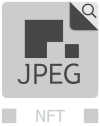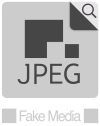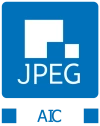JPEG NFT
Recently, Non-Fungible Tokens (NFTs) have garnered considerable interest. Several digital assets that NFTs point to are either in existing JPEG formats or can be represented in current and emerging formats under development by the JPEG Committee. Additionally, various trust and security concerns have been raised about NFTs and the digital assets on which they rely. […]






